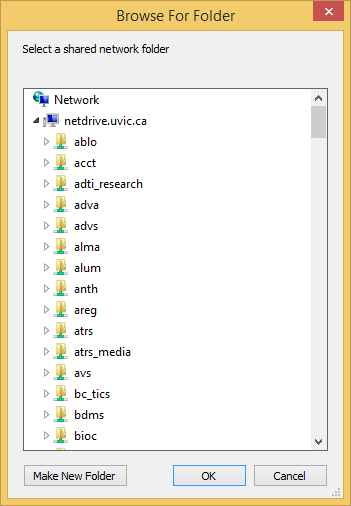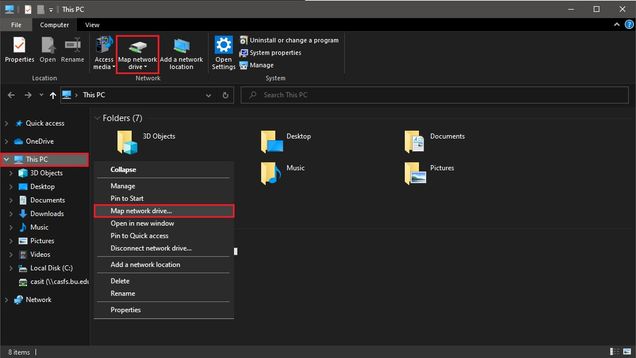
- #WHERE DOES NETDRIVE 3 STORE FILES WINDOWS 10#
- #WHERE DOES NETDRIVE 3 STORE FILES WINDOWS 8#
- #WHERE DOES NETDRIVE 3 STORE FILES WINDOWS#
Due to the upload being incomplete, I had to figure out what had and hadn't been copied using ViceVersa.
#WHERE DOES NETDRIVE 3 STORE FILES WINDOWS#
While using Windows Explorer for uploading files, in rare instances I get an I/O error, and the copying terminates unfinished. If it's many tiny files, the delay between each file transmission makes the upload slow as molasses.

If it's just one huge file it's not a factor. The result is that Windows Explorer and Roadkil copy files 2-5 times as fast as the others. The programs appear to want a confirmation that the file has been copied, which causes a delay. There seems to be a delay between each file upload, in the programs that are not Windows Explorer or Roadkil's unstoppable copier. Downloading files as a background process can take a very long time, unless the number of files is few, so this may not always be practical. However, treating server files as if they were local requires downloading the files you are processing, as a background process. You can also use your file manipulation tools/programs, including the ones in the windows file explorer context menu, as if the files were local. This allows you to quickly browse/search for a file as if you had all of them locally. Also, you can mount the server file system as a network drive. Higher file system maintenance on devicesĪ compromise is to have all the files on the server, and sync only sets of files you use frequently. Overhead in terms of system resources (especially CPU usage for encrypted file transfers) You can sync your files to all your devices, including a copy on the file server, which provides backup with file versioning. The server takes care of backup with file versioning. On the right, scroll down and click on Change where new content is saved.Ĭlick on New apps will save to: and change that to your second drive.įinally, if you're looking to save some drive space, you could Use Storage Sense to Delete Junk Files.You can have all your files on a server, and work with them remotely from all your devices. Instead, you could Remove Windows 10, 8 and 8.1 Built-In Apps Using PowerShell or use O&O AppBuster.Īnother option would be to change where files are stored if you have a second hard drive.Ĭlick on Start > Settings > System > Storage. Go to C:\Users\YOUR USER NAME\AppData\Local\Packages and copy the "LocalState" and "Settings" subfolders within each main folder to wherever you'd like to back up.
#WHERE DOES NETDRIVE 3 STORE FILES WINDOWS 8#
Now that you know where Windows 8 and 10 store files from the Microsoft Store, you can use these folders to make a backup. If you're looking to save space or speed up your computer, there's no point in messing with these folders.
#WHERE DOES NETDRIVE 3 STORE FILES WINDOWS 10#
These folders include all the temporary files and settings from Windows 10 Store and preinstalled apps, including Xbox, Calculator, Camera, and more. Temporary folders can be found in C:\Users\YOUR USER NAME\AppData\Local\Packages Trust us, leave the WindowsApps folder alone. Many others have fooled around with the WindowsApps folder by modifying the registry, for example, and it almost always ends poorly. Previously, you could go to the Security tab and change permissions, but it appears to no longer work. We've tried to modify permissions to access the folder without success. Now that you're here, there's nothing you can do in the WindowsApp folders. You should now see the previously hidden WindowsApps folder.

Open File Explorer and click on the Program Files folder.

Your Store downloads are in a hidden folder in Program Files > WindowsApps.

Microsoft intentionally hides your downloads from the Store so they can't be tampered with or deleted, for example. TIP: Hard to fix Windows Problems? Repair/Restore Missing Windows OS Files Damaged by Malware with a few clicks


 0 kommentar(er)
0 kommentar(er)
